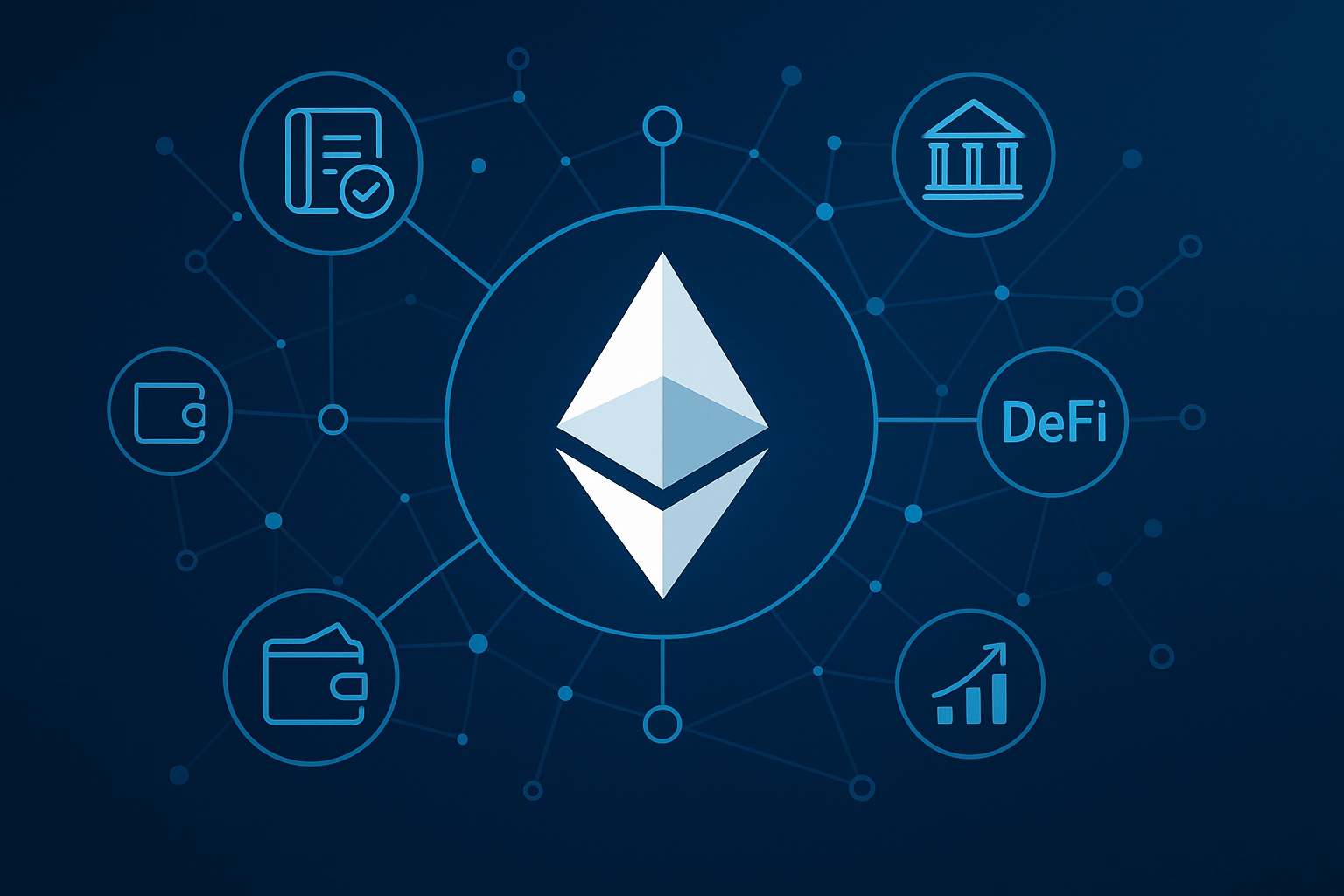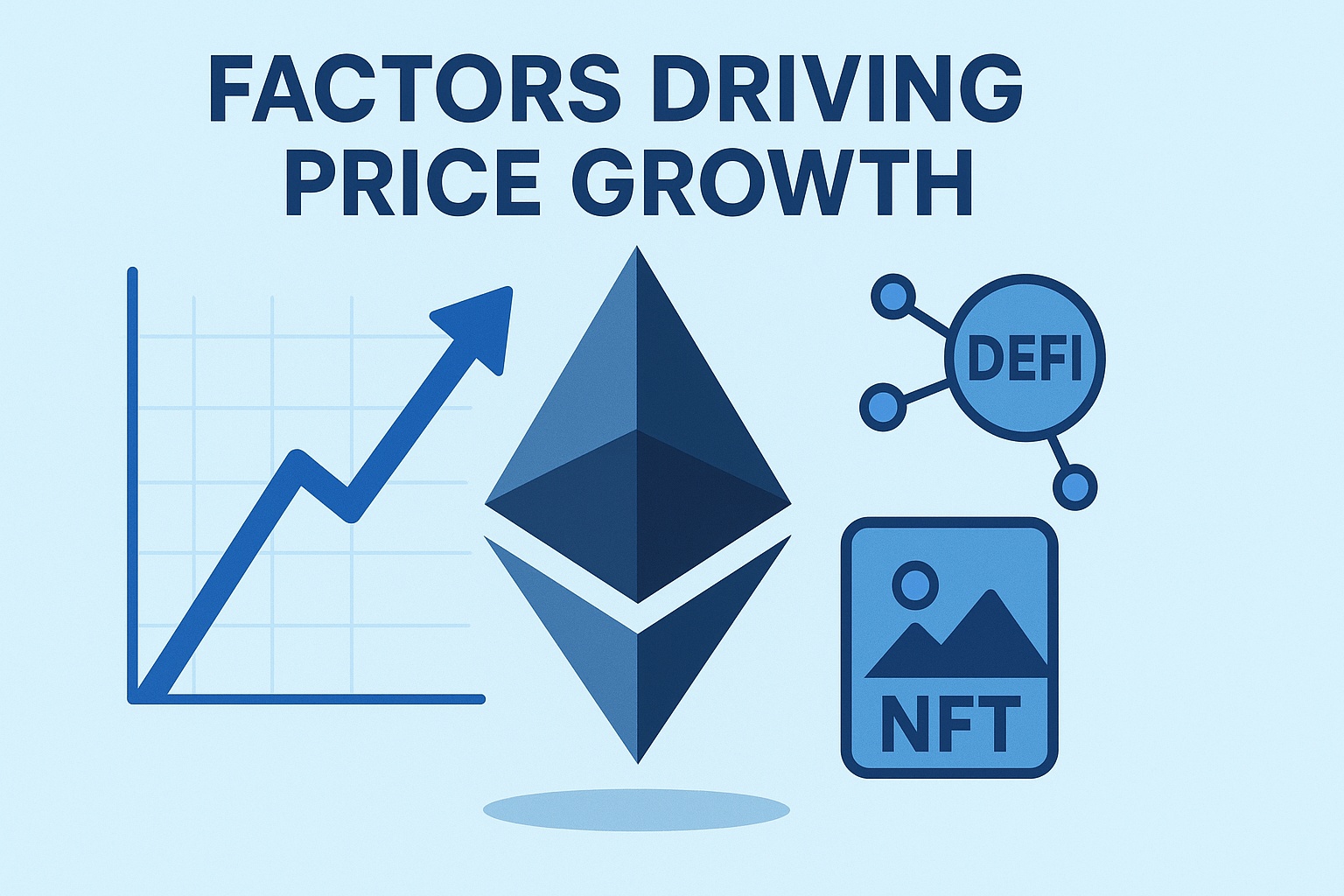Ethereum (ETH) Price Forecast for the End of 2025: Detailed Insights and Analysis
This article is provided for informational and educational purposes only and should not be considered financial advice. Cryptocurrency investments involve significant risks.
Introduction
Ethereum (ETH) is valued at approximately $4,200. It is the leading smart contract platform, driving DeFi, NFTs, and decentralized applications (dApps) with a Proof-of-Stake consensus mechanism following the Merge. With a market capitalization of around $500 billion and a daily trading volume of about $25 billion, ETH maintains a dominant position in the crypto market. This analysis explores ETH’s price potential by the end of 2025, covering bullish and bearish scenarios, growth drivers, and risks based on market trends and network upgrades.

Current Situation
Ethereum (ETH) is trading at around $4,200, with a market capitalization of approximately $500 billion and a circulating supply of ~120 million tokens. The 24-hour trading volume is ~$25 billion, reflecting robust market activity. ETH is actively traded on major exchanges like Binance, Coinbase, and Kraken, primarily in USDT and USD pairs. Technical indicators suggest a neutral sentiment: the Relative Strength Index (RSI, 14) is near 50, with the 50-day SMA below the 200-day SMA, signaling a medium-term bearish trend. Over the past year, ETH’s price has ranged from $2,500 to $5,000, with support at $4,000–$3,800 and resistance at $4,400–$4,500 and $4,800.
Price Predictions for End of 2025
Projections for Ethereum (ETH) by the end of 2025 vary based on market dynamics and network upgrade progress:
- Bearish Scenario: ETH could trade between $3,500 and $4,000 if Layer 2 competition intensifies. Some estimates suggest a low of ~$3,800.
- Base Scenario: The expected range is $5,000–$6,000, with analysts forecasting an average of ~$5,500, driven by ecosystem growth.
- Bullish Scenario: In a robust bull market with successful Dencun upgrades, ETH could surpass $8,000, with optimistic projections reaching up to $10,000.
Consensus estimate: $4,000–$6,000, with an expected average of ~$5,500.
Factors Driving Price Growth
- Layer 2 Scaling Solutions: Rollups like Optimism and Arbitrum lower fees, boosting DeFi activity.
- Staking Incentives: Attractive yields encourage long-term holding.
- Enterprise Integration: Partnerships expand real-world use cases.
- Network Upgrades: Dencun and Prague upgrades enhance scalability and efficiency.
- Market Leadership: Dominance as the premier smart contract platform.

Risks and Downward Factors
- Layer 2 Fragmentation: Liquidity dispersion across scaling solutions.
- Competitive Pressure: Rivalry from faster blockchains like Solana.
- Regulatory Challenges: Potential scrutiny on staking and DeFi protocols.
- Market Volatility: Susceptibility to significant price swings.
- Upgrade Delays: Technical challenges in implementing network upgrades.
Volatility Analysis
Ethereum’s technical profile is neutral. The RSI (14) ≈ 50 indicates consolidation, with MACD showing early bullish divergence, though a downtrend persists. Key support levels are $4,000–$3,800, with resistance at $4,400–$4,500 and $4,800. Trading volumes are high (~$25 billion/day), with moderate volatility (7-day range $4,100–$4,300). ETH’s leadership in smart contracts and Layer 2 advancements support long-term potential, but competition and regulatory risks may limit short-term gains.
Conclusion
By the end of 2025, Ethereum (ETH) is expected to trade between $4,000 and $6,000, with a base case of ~$5,500. A bearish market could see prices at $3,500–$4,000, while a bullish scenario with successful upgrades could push ETH above $8,000. Growth is driven by Layer 2 scaling, staking, and enterprise adoption, but risks include fragmentation, competition, and volatility. Investors should monitor DeFi TVL and upgrade progress. For more details, visit ethereum.org.